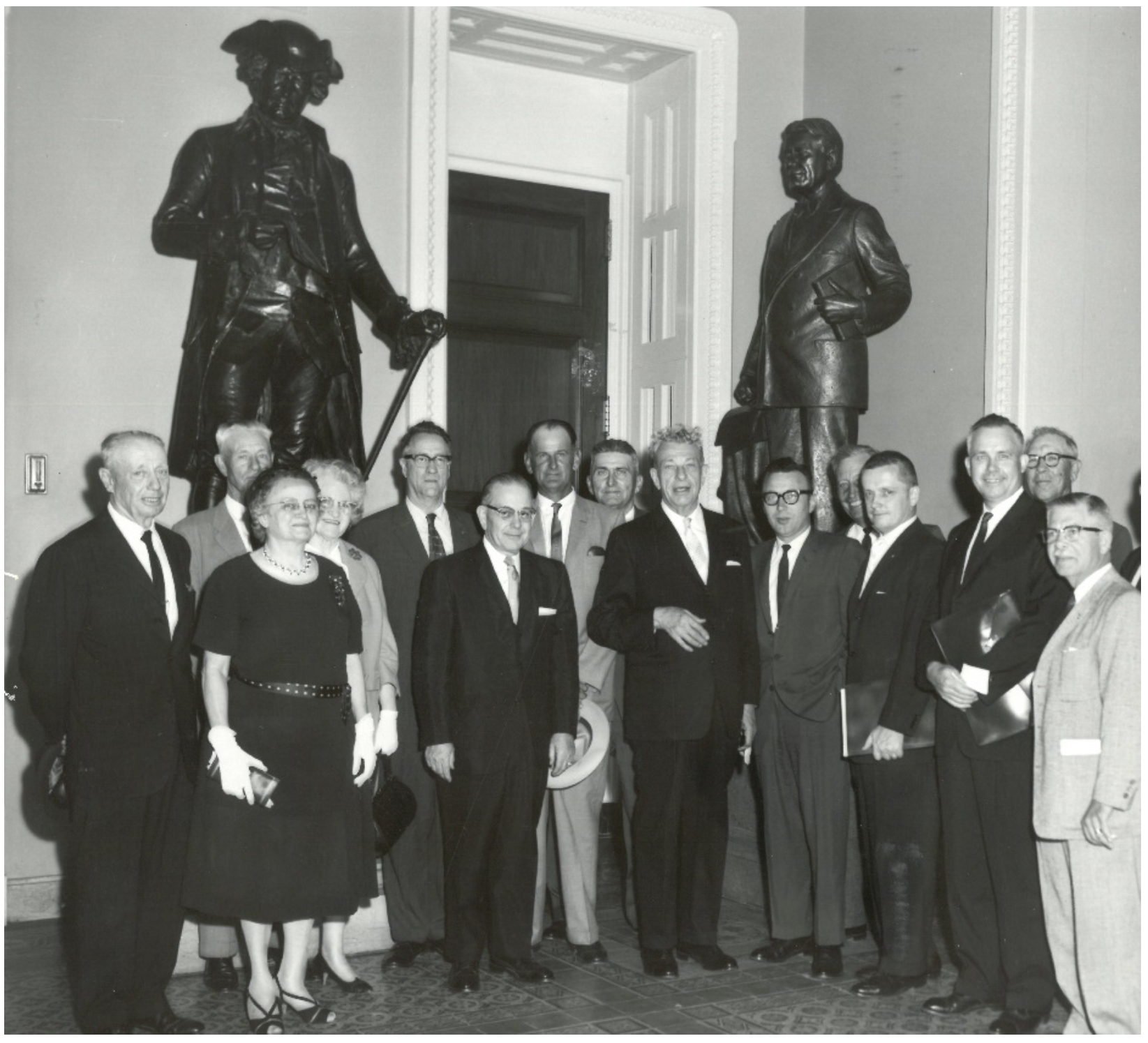Taming the Upper Mississippi, Chapter 5: Drainage districts and the agricultural economy

EDITOR’S NOTE: Muddy River News has received permission to reprint reviews and chapters from the book, “Taming the Upper Mississippi: My Turn at Watch, 1935-1999,” written by Janice Petterchak. The book reflects on flood protection, navigation and the environment on the upper Mississippi River through the eyes of Quincy engineer William H. Klingner.
You can review the previous chapters here.
Many people do not understand that levee and drainage districts are political subdivisions of their respective states, just like municipalities.
The board is elected by land owners inside the boundary of the district, and assessments typically are placed on the land within the district for operation and maintenance. In the case of levee districts, the assessments are for both drainage and flood protection. For drainage districts without levees, the assessments are for maintaining the drainage network within the district.
The increase in flooding post-construction of the locks and dams, as well as changes in rainfall frequencies and volumes from the 1930s and 40s, resulted in the organization of the Upper Mississippi Flood Control Association in 1954. This association of levee districts in Illinois, Missouri and Iowa pushed for legislation to address the impact of the lock and dam pools against the existing levee system.
In several cases, the pools were actually higher than the normal ground elevations. Without the levees, the water would bypass the dams and drain the pool. The upper Mississippi River levees and navigation channel now acted as a system depending on each other.
The association was successful in passing the 1954 Flood Control Act to improve these impacted levees from just north of St. Louis at Hamburg Bay, Ill., up to Guttenberg, Iowa, north of Dubuque, Iowa near Lock and Dam 10.
As a result of this legislation, the levees were improved from the locally constructed high water of 1851 and raised, on average 3 to 5 feet, to at least a 1/50 flood probability design profile for agricultural areas and 1/100 flood probability for urban or industrial areas. These probabilities were estimated to provide a similar level of protection which these levees had in place prior to the locks and dams and was to provide adequate mitigation to the landowners and communities.
It was not long after these improvements were completed that the upper valley experienced the greatest flood to date — the flood of 1973. The association pushed Congress to review the situation as the 1954 Flood Control act clearly was not providing the protection Congress or the Corps intended.
In the project review, the Corps determined it did not adequately address the industrial and urban areas. It recommended south Quincy, Green Bay and Muscatine, Iowa to have additional improvements. Rock Island District also pushed for Hannibal, Mo., to be improved.
South Quincy and Hannibal took a lot of local coordination and bargaining, but both were improved. However, Green Bay and Muscatine did not get their much-needed improvements in place, and the other levee districts were left with no improvements. As warned by the association, a major disaster was in the making.
The real “Great Flood” was on the horizon.
Miss Clipping Out Stories to Save for Later?
Click the Purchase Story button below to order a print of this story. We will print it for you on matte photo paper to keep forever.

